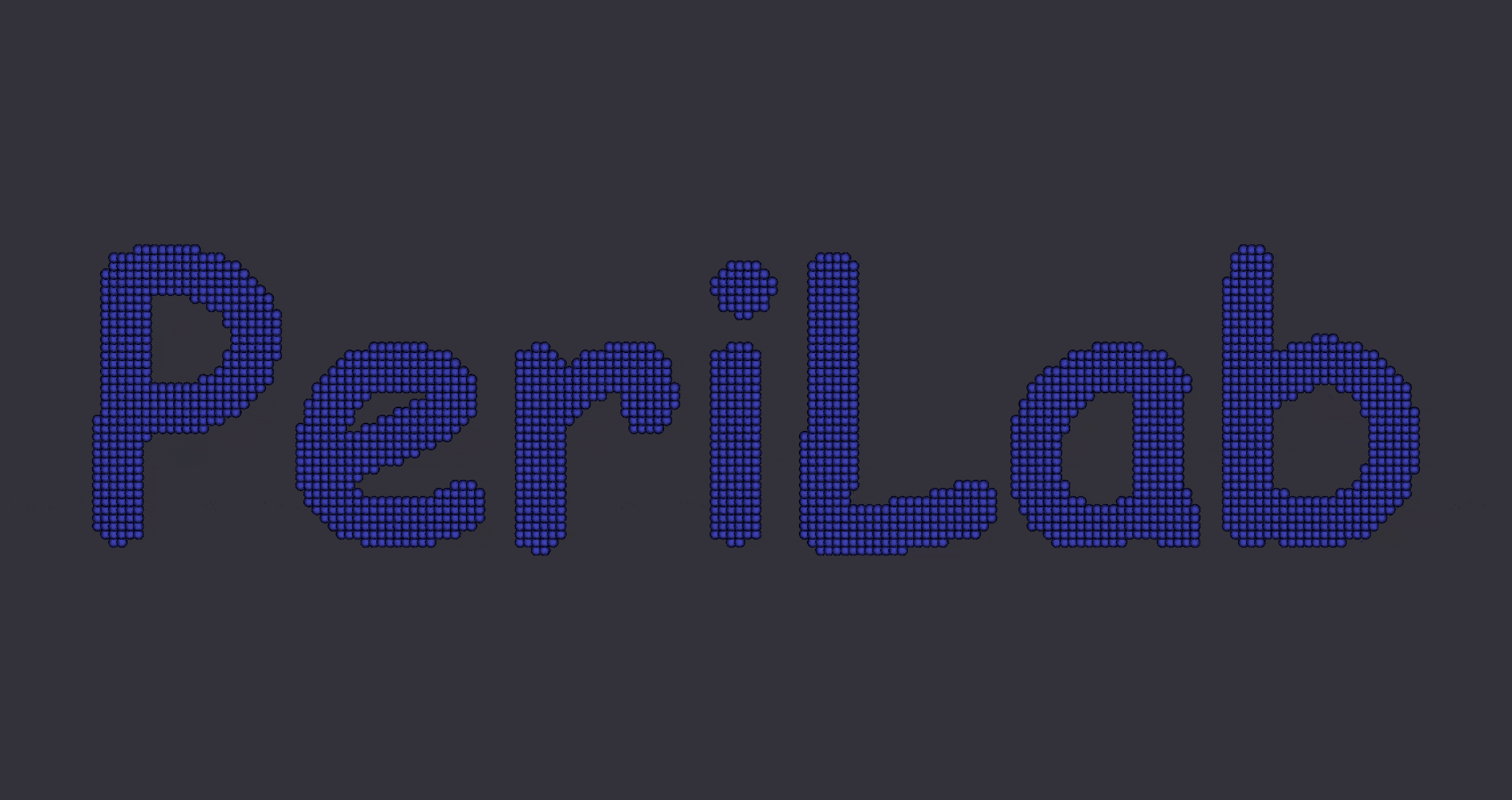Questions
What is Peridynamics?
- Alternative to classcical continuum mechanics:
- PD integral equation:
- Focus material modeling and crack propagation; no
Questions
PD Solving the integral - Material point method
Advantages
- Fast to implement
- Failure propagation
- Discretization
Diadvantages
- Convergence is lower
- Surfaces are not known
Questions
Peridynamic Framework (PeriLab)
- No pre-processing required, mesh will be generated based on the gcode
- Material Models:
- PD Solid Elastic/Plastic
- Thermal Models:
- Thermal Flow
- Heat Transfer
- HETVAL subroutine
- Damage Models:
- Critical Stretch

Questions
Dogbone Specimen
- Three step simulation process:
- Printing specimen
- Cooling step
- Tensile test
- Layer height = 0.2mm (20 Layers)
Questions
Simulation Properties
Material: PEEK (Polyetheretherketon)
| Parameter | Value |
|---|---|
Thermal Properties
| Parameter | Value |
|---|---|
Questions
Simulation Results
Questions
Simulation Results

- Crack initiation and propagation simliar, only initiation time slightly differs
Questions
Load-Displacement
Questions
Discussion and further work
-
Basic influence of different process parameters can be captured
-
PeriLab allows efficient and statistical analysis of the AM process
-
Verification with experiments
-
Variation of diverse process parameters
-
Influence of printbed
Thank you!
Jan-Timo Hesse (DLR)
Christian Willberg (h2)
Felix Winkelmann (DLR)
Robert Hein (DLR)
Questions
References
- J. Shah, B. Snider, T. Clarke, S. Kozutsky, M. Lacki & A. Hosseini (2019). Large-scale 3D printers for additive manufacturing: design considerations and challenges.
- C. Yang, X. Tian, D. Li, Y. Cao, F. Zhao & C. Shi (2017). Influence of thermal processing conditions in 3D printing on the crystallinity and mechanical properties of PEEK material.
- C. Willberg, J-T. Hesse, R. Hein & F. Winkelmann (2024). Peridynamic Framework to Model Additive Manufacturing Processes.
- C. Willberg, J-T. Hesse & A. Pernatii (2024). PeriLab - Peridynamic Laboratory.
Funding
| Name | Logo | Grant number |
|---|---|---|
| German Research Foundation |  |
WI 4835/5-1 |
| Saxon State Parliament |  |
3028223 |
| Federal Ministry for Economic Affairs and Climate Action |  |
20W2214G |